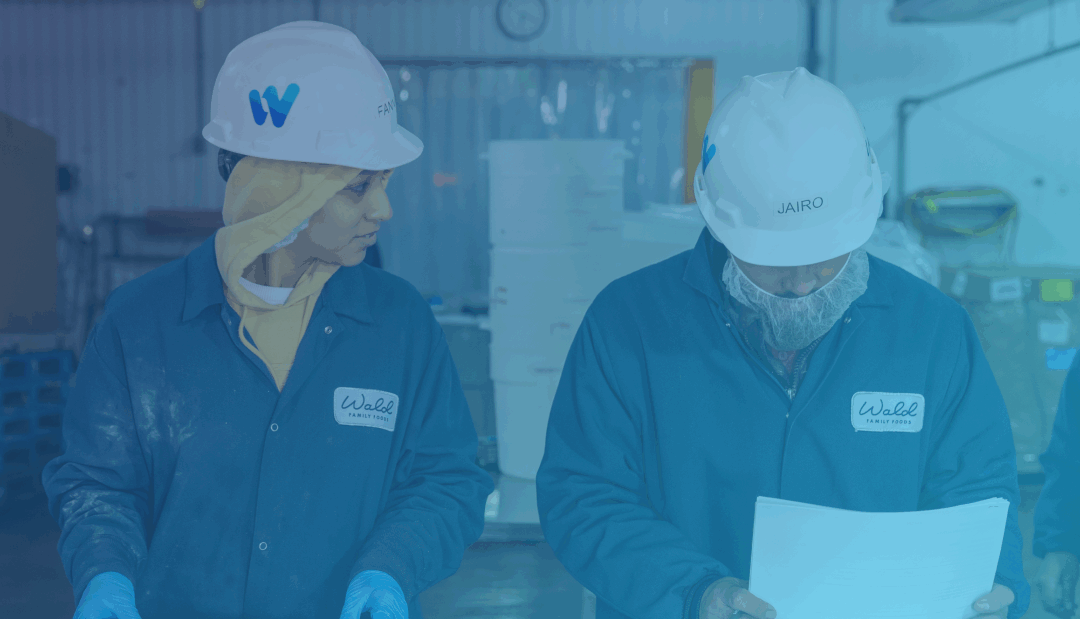-
In fast-moving work environments, staying alert and aware is one of the most powerful ways to prevent accidents and protect your team’s well-being.
- Developing situational awareness isn’t a one-time training—it’s an ongoing practice woven into daily routines.
- Observation: Encourage employees to take in their surroundings thoughtfully, noticing unusual behaviors, changes in environment, or emerging hazards.
- Information Gathering: Reinforce the importance of drawing on multiple sources—visual cues, verbal instructions, written notices—to build a full picture of what’s happening.
- Assessment and Anticipation: Challenge teams to assess risks dynamically and think ahead: “What could happen next?” This mindset sharpens response times and decision-making.
Everyday Strategies That Make a DifferenceStaying present is key. In a world full of distractions, reminding employees to focus on the moment—using all their senses to scan their environment—can have a powerful impact on safety outcomes.
Training, drills, and real-world simulations help keep these skills sharp and refined. Just as importantly, fostering open communication encourages employees to speak up when they notice something is off. In a safety-minded workplace, every observation matters—and every voice is valued.
Moving Toward Safer WorkplacesSituational awareness isn’t just a skill for emergencies; it’s a daily commitment to safety, teamwork, and proactive thinking. By championing awareness and vigilance, organizations can create environments where risks are spotted early, accidents are reduced, and employees feel empowered to look out for themselves and each other.
Together, we can build a culture where awareness becomes second nature—and safety becomes a shared success.
Situational awareness—the ability to perceive what’s happening around you, understand its significance, and predict how it might change—is a critical skill for safety. It requires tuning in to both external surroundings and internal cues, such as thoughts, emotions, and instincts.
This Mental Health Awareness Month, we are also highlighting how situational awareness contributes to creating safer and more resilient workplaces.
Why Situational Awareness Matters
When employees are situationally aware, they are better positioned to spot hazards early, make quick and informed decisions, and take action before minor concerns escalate into major incidents. Strong situational awareness also improves team communication and coordination, essential when a fast, unified response is needed.
Beyond accident prevention, awareness can even help identify behavioral shifts that may signal potential workplace violence, allowing for early intervention and maintaining a secure environment.

